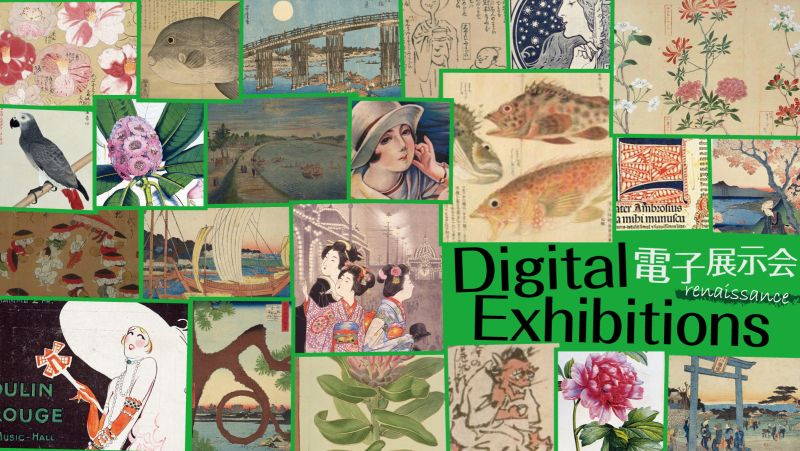Shimotsuki (November)

Shibai Shougatsu (New Year Performance)
November 1 is also known as Shibai shogatsu (New Year of the Edo theater district), and the curtain rises on the first day with the sound of Ichiban-daiko (first drum) in Shibai machi, which signals the start of Kaomise. Kaomise is a spectacular performance that showcases the lineup of new actors of Edo Sanza (Three Theatres of Edo). On the last day of October, in front of Shibai goya (playhouses), sake barrels and other items donated by patrons were displayed, and Kaomise doro (lanterns for Kaomise) were lit.
Shichi-Go-San (literally "seven-five-three")
November 15 is the day to celebrate Shichi-Go-San. In samurai culture, various ceremonies were held for children, including the Kamioki (hair growth ceremony) for 3-year-old boys and girls, the Hakamagi (hakama fitting ceremony) for 5-year-old boys, and the Obitoki (obi fitting ceremony) for 7-year-old girls. During the late Edo period (1603-1867), these traditions were adopted by the general public. It became customary for boys to visit shrines at ages 3 and 5 and for girls at 3 and 7 to express gratitude to the divine for their safety and growth so far and to seek blessings for their continued healthy development.
Tori-no-Hi, Tori-no-Ichi
On Tori-no-hi (the day of the rooster), fairs called Tori-no-Ichi are held at Otori-jinja Shrine and Otori-jinja Shrine in various locations. The first tori-no-Ichi in November is called Ichi-no-Tori, and the second is called Ni-no-Tori. Many visitors purchased decorative rakes (Kumade) with lucky charms such as treasure ships, rice bales, Senryobako (literary box of one thousand ryo), cranes and turtles, hoping for prosperous business and good luck. The name "Kumade" comes from "to stir up good fortune" and "to take in (tori, or rooster) guests. Tori-no-Ichi of Asakusa was popular in Edo (Tokyo).
